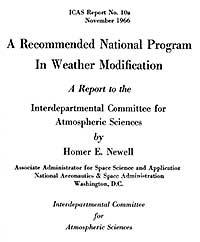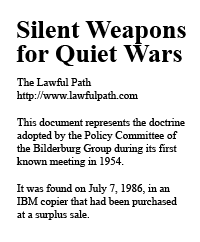Home to the Reagan Library, Simi Valley, CA harbors nuclear waste from an accident that occurred in 1959 which continues to impact the people who live in that area.
David Lincoln is a geologist, environmental consultant, and author of a book called “Deep Horizons Exposed” who jumped off the corporate ladder and changed careers after he saw how Enron was being operated for the benefit of a select few. He maintains a website called WereYouPoisoned.com.
Click here to listen to an excerpt of David Lincoln’s Nov. 8 appearance on the radio show.
References
Sodium Reactor Experiment
From Wikipedia, the free encyclopedia
The Sodium Reactor Experiment was a pioneering nuclear power plant built by Atomics International at the Santa Susana Field Laboratory, nearby Simi Valley, California. The reactor operated from 1957 to 1964. On July 12, 1957 the Sodium Reactor Experiment became the first nuclear reactor in the United States to produce electrical power for a commercial power grid by powering the nearby city of Moorpark. In July 1959, the reactor suffered a serious incident in which the reactor core was damaged causing the controlled release of radioactive gas to the atmosphere.
Simi Valley Nuclear Disaster
Uploaded by michaelfreudiger on Aug 25, 2007
Simi Valley California was the site of the worst nuclear disaster in U.S. history in 1959, and the amounts of radiation leaked to the environment and atomosphere were more than 240 times that of the accident at 3-Mile Island. The area is beautiful today, but what still remains from many decades ago?





![[Most Recent Exchange Rate from www.kitco.com]](http://www.weblinks247.com/exrate/exr24_eu_en_2.gif)

L.A. Daily News: Casino to be built on site of nuclear reactor meltdown just miles from Los Angeles? Was up to 240 times Three Mile Island — Cesium-137 still up to 1,000 times over limit
Energy News
Apr. 8, 2012
Update on Petrochemical Complex Fire: 2nd Explosion in the Morning of April 22, Depleted Uranium Containers Safe
Saturday, April 21, 2012
Let’s look at the reactor catastrophes only:
1957 Windscale
1959 Simi Valley
1961 SL-1 (not counted because of small reactor in sparsely inhabitated area)
1979 TMI (releases were very high but measurements still classified)
1986 Chernobyl
2011 Fukushima
55 years, at least 5 catastrophic reactor accidents (core blazes, meltdowns, explosions) resulting in high releases and wrecked reactors.
Other catastrophes in the nuclear chain (reprocessing, storage) have happened too, but are not counted.
I think the empiric 11 years real average timespan between nuclear reactor catastrophes comes quite close to the mathematical-statistical estimate of 12-15 years.
Following article refers to the lingering nuclear contamination found near the Santa Susana field laboratory.
$41.5 Million Dollar EPA Investigation Finds High Levels of Radiation in California
By Shepard Ambellas
theintelhub.com
December 13, 2012